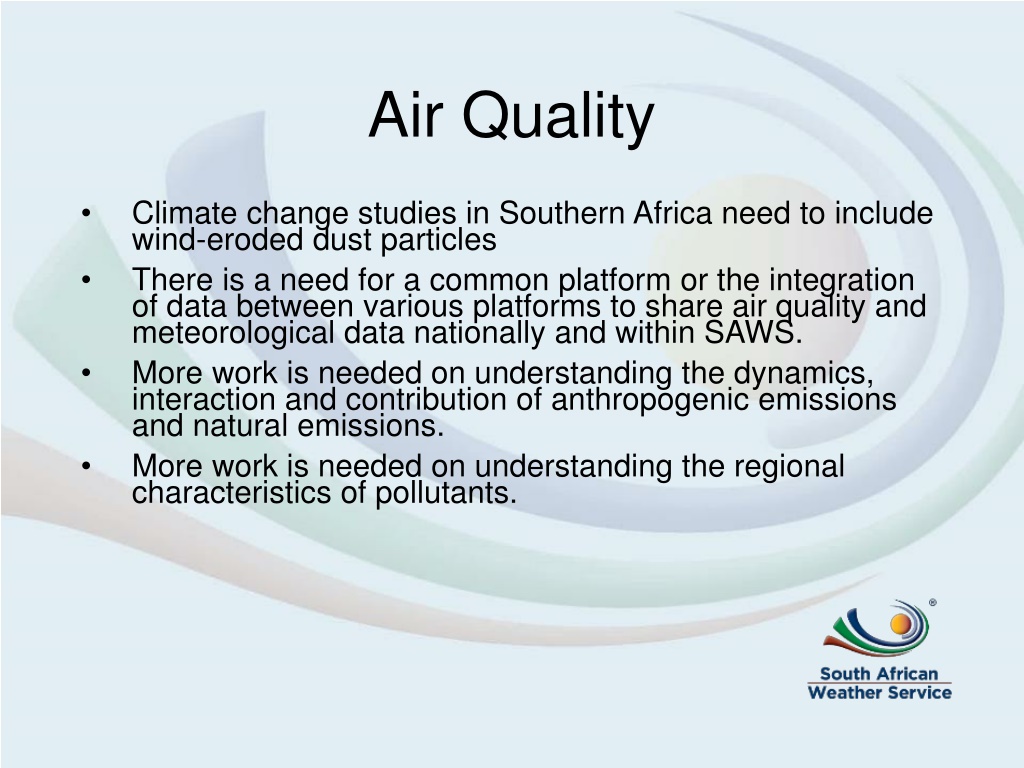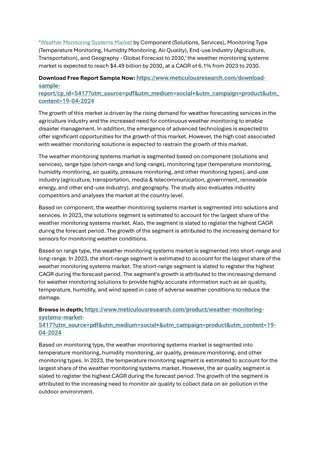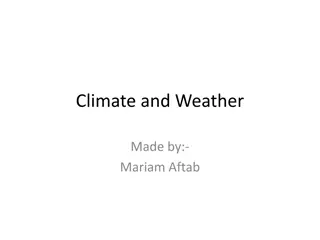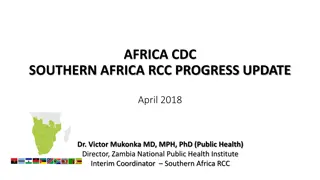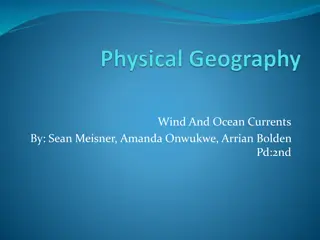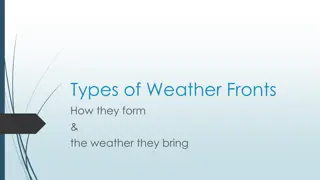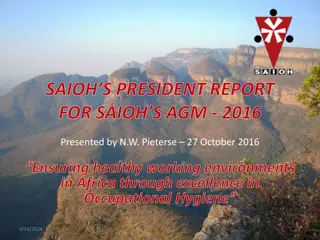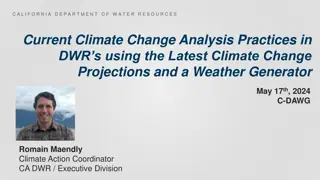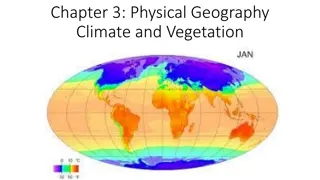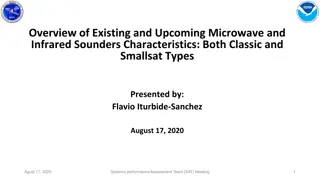Advancements in Climate Studies and Public Weather Services in Southern Africa
Southern Africa is making strides in advancing air quality and aviation monitoring, focusing on dust particles, thunderstorms, and turbulence. Collaborative efforts between weather services and disaster management aim to enhance communication and improve response strategies, bridging the gap between scientists and high-risk communities.
Download Presentation

Please find below an Image/Link to download the presentation.
The content on the website is provided AS IS for your information and personal use only. It may not be sold, licensed, or shared on other websites without obtaining consent from the author. Download presentation by click this link. If you encounter any issues during the download, it is possible that the publisher has removed the file from their server.
E N D
Presentation Transcript
Air Quality Climate change studies in Southern Africa need to include wind-eroded dust particles There is a need for a common platform or the integration of data between various platforms to share air quality and meteorological data nationally and within SAWS. More work is needed on understanding the dynamics, interaction and contribution of anthropogenic emissions and natural emissions. More work is needed on understanding the regional characteristics of pollutants.
Aviation The SAWS developed an easy to interpret colour- coded Thunderstorm Table that uses radar tracks to monitor the risk of thunderstorms at airports. A lightning monitoring and alert system was also developed for airports which uses observed lightning information to send out alerts for airports. SAWS will continue to participate in the WMO AvRDP project and also have plans to roll-out additional products to airports during the coming year. Low cloud and poor visibility at OR Tambo occur frequently between March and August OR Tambo is category 2 airport which means that visibility reach 300m the airport cannot operate These occur between 4am-7am in summer and 5am- 8am in winter
Aviation continued Mountain wave study Severe turbulence in spite of low energy waves The ATM System seeks to engage the ATM Community as appropriate with the aim of achieving best business and safety outcomes.
Public Weather Service Collaboration: SAWS and NDMC Develop matter-of-fact communication to all users from a threshold based forecast (how much rain is falling) to an impact based assessment (what will this much rain mean to your community) Works as an end-to-end collaboration between SAWS, disaster management and stakeholders Launch planned for mid-May Need to still include GIS-based vulnerability data And need to verify these warnings to ensure robustness of the system
Public Weather Service continued Challenge: Bridging the gap between scientists and high risk communities in the dissemination of critical information for imminent threats. Was done in collaboration with Disaster Management officials from all 3 spheres of Government Clear understanding of roles and responsibilities between DM and SAWS officials Supports and guides the Decision Making process in DMC; By understanding impact, we can better prepare our response strategy; DM officials provide on the ground feedback to SAWS to confirm impacts and ground truthing;
WeatherSMART Animated Background Current Conditions Intra-day Forecast Current Location 7
